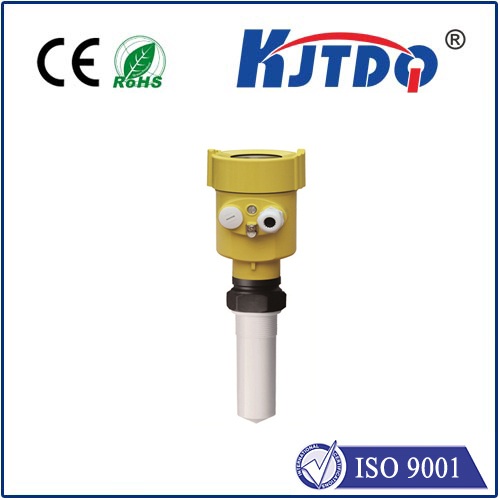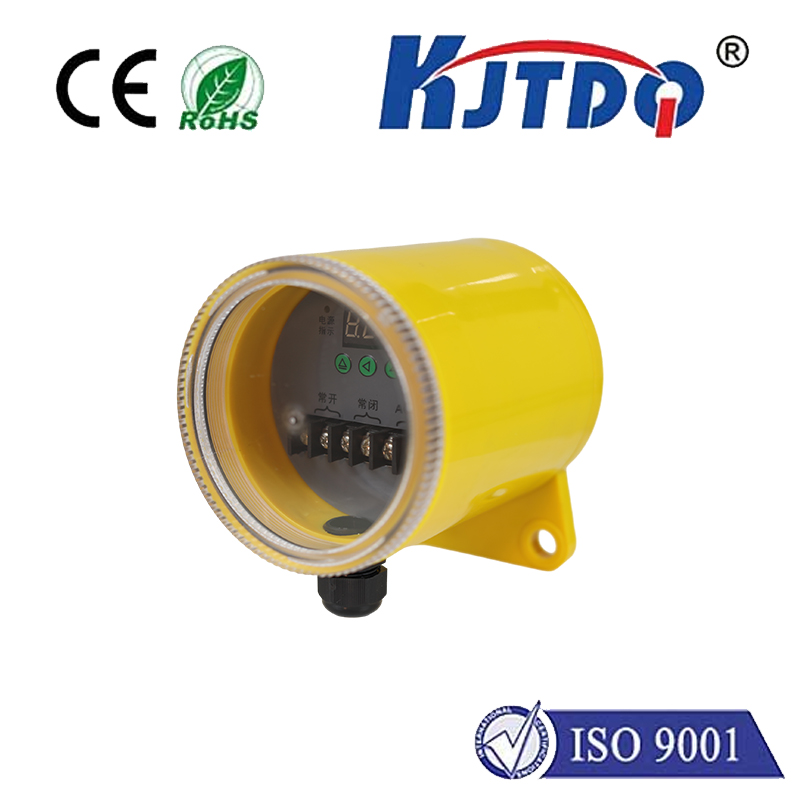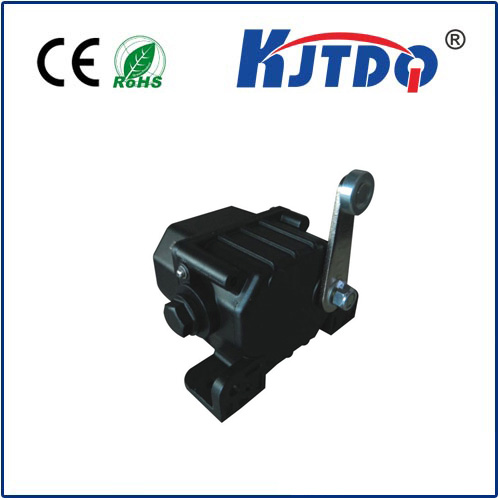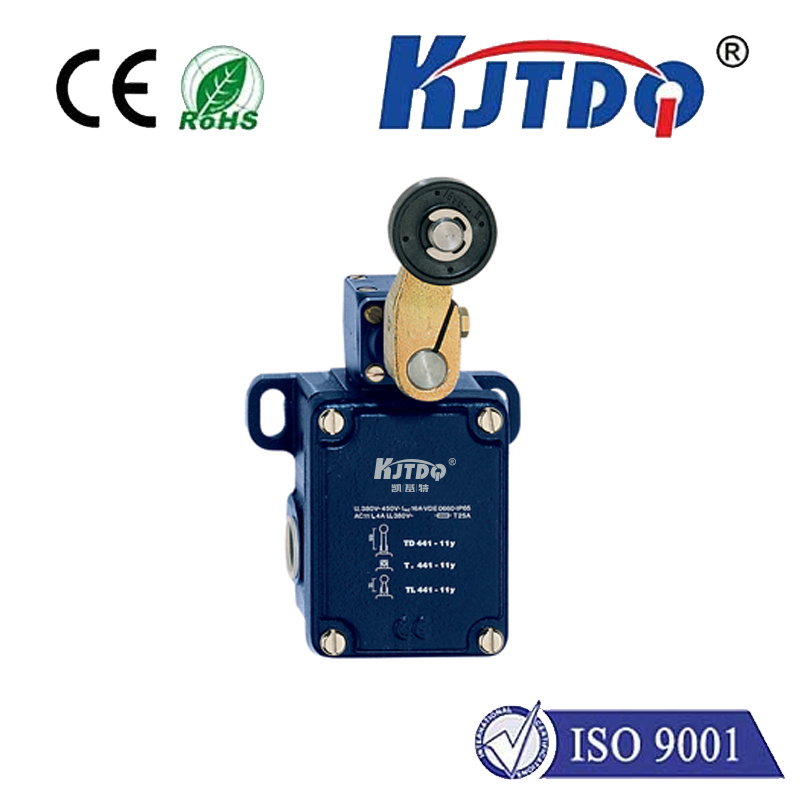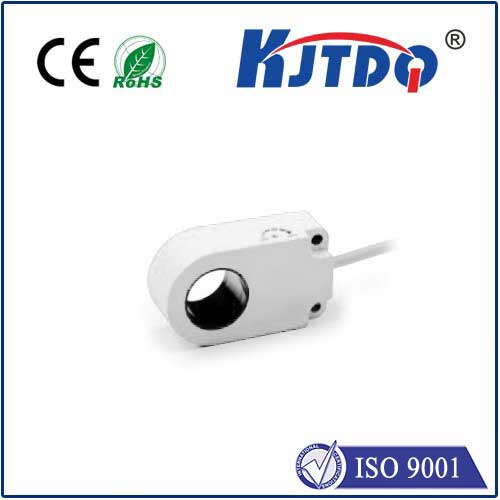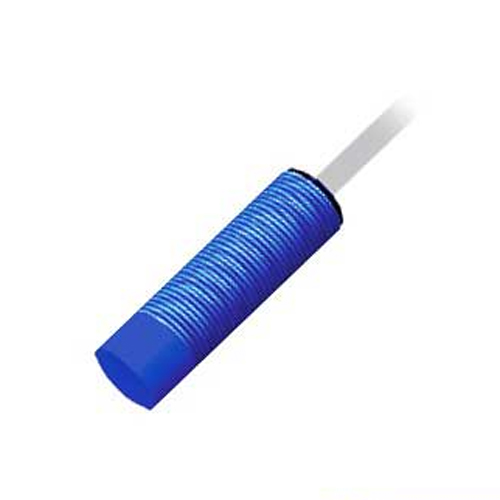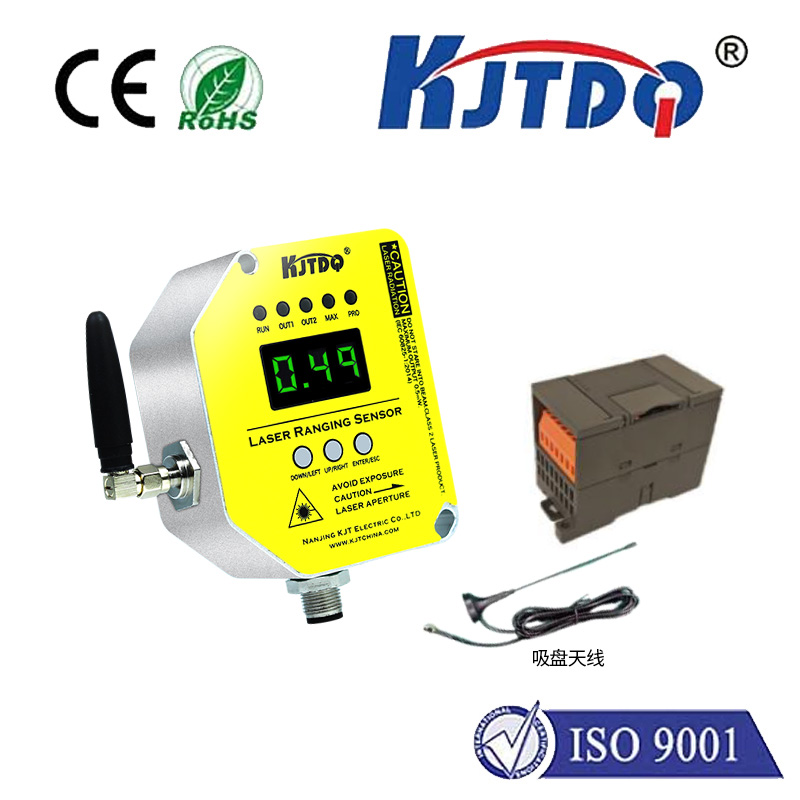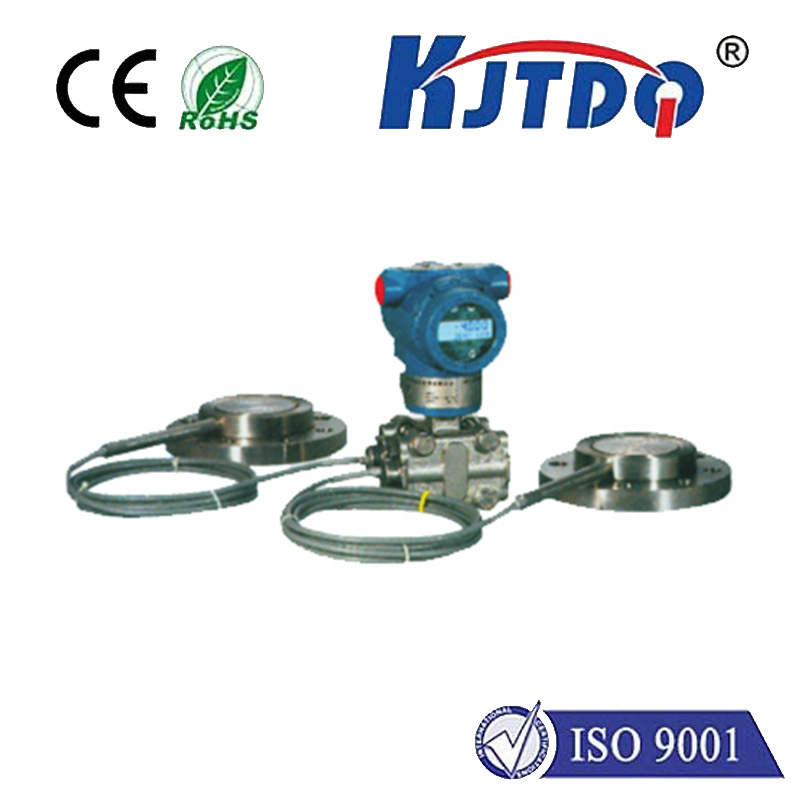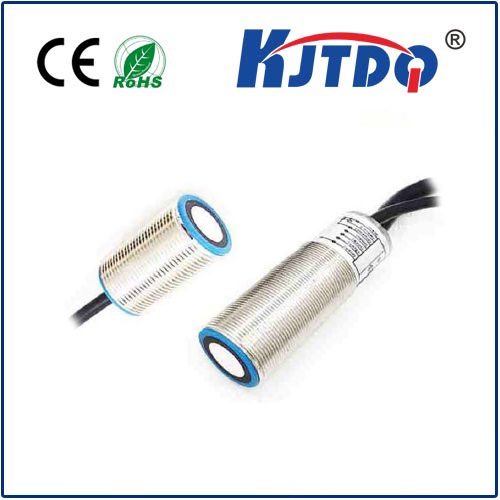sharp proximity sensor
- time:2025-07-17 08:39:12
- Нажмите:0
Sharp Proximity Sensors: The Unseen Guardians of Precision Detection
Imagine a high-speed robotic arm effortlessly assembling intricate components, its movements swift and seemingly reckless. Yet, it stops precisely millimeters before colliding with a delicate part. Or picture an elevator door gliding open, sensing your approach long before you reach out. Or your smartphone screen instantly dimming as it nears your ear during a call. What enables this seamless, collision-free interaction in our increasingly automated world? The answer often lies in the unassuming yet critical technology of the Sharp proximity sensor. These sophisticated components are the unseen guardians, providing the eyes for machines to perceive their immediate surroundings with remarkable accuracy and reliability.
Beyond Simple Detection: Defining “Sharp” Proximity Sensing
A proximity sensor, fundamentally, detects the presence or absence of an object within a specific range without physical contact. But what makes a sensor “sharp” in this context? It transcends basic detection. Sharp proximity sensors are characterized by their exceptional precision, reliability, stability, and often, compact design. They excel in delivering consistent, repeatable measurements at close ranges – typically millimeters to a few centimeters – where conventional sensors might falter. This precision makes them indispensable in applications demanding high accuracy and safety. The term “Sharp” itself is intrinsically linked to the renowned Japanese electronics manufacturer Sharp Corporation, a pioneer and leading innovator in the development and production of highly sophisticated infrared (IR) proximity sensors. Their sensors set a benchmark for performance in this specialized niche.
The Heart of the Sensor: How Sharp IR Proximity Sensors Work
The majority of Sharp proximity sensors, particularly their flagship short-range models, operate on the principle of modulated infrared light. Here’s a breakdown of the typical mechanism:
- IR Emission: An Infrared Emitting Diode (IRED) projects a beam of modulated infrared light. Modulating the light (rapidly switching it on and off at a specific frequency) is crucial. It helps the sensor distinguish its own signal from background ambient IR radiation (like sunlight or artificial lighting), dramatically reducing false triggers.
- Reflection Detection: When an object enters the sensor’s detection zone, a portion of this modulated IR light reflects back towards the sensor.
- Light Reception: A specialized photodiode or phototransistor acts as the receiver, tuned to detect the specific wavelength of the emitted IR light.
- Signal Processing: The received signal is amplified and filtered. Sophisticated circuitry strips away the DC component (ambient light) and focuses solely on the modulated AC component corresponding to the sensor’s own emission.
- Output Generation: The processed signal is conditioned to produce a clean, easily usable output. This is often:
- Digital Output: A simple HIGH/LOW signal indicating presence or absence within the detection threshold.
- Analog Output: A voltage proportional to the distance to (or reflectivity of) the detected object, enabling finer-grained proximity measurement.
- Custom Interfaces: Some advanced sensors might offer I²C or other digital communication protocols for direct data transfer.
Why Choose a Sharp Proximity Sensor? Key Advantages
The unique design and manufacturing quality of Sharp proximity sensors translate into tangible benefits:
- Unmatched Precision & Short-Range Detection: Engineered specifically for applications requiring detection at extremely close quarters, often down to 1-2mm or up to 20-30cm depending on the model (e.g., GP2Y0A series excels at 2-15cm). This millimeter-accurate sensing is vital in robotics and automation.
- Superior Noise Immunity: The modulated IR technology and advanced signal processing circuits inherently reject constant ambient light sources. This exceptional resistance to interference ensures reliable operation even in challenging lighting conditions like fluctuating sunlight or bright factory environments.
- High Stability & Repeatability: Sharp sensors are renowned for their stable performance over time and temperature variations. Measurements remain consistent, providing dependable operation critical in automated processes where reliability is paramount. This consistent repeatability builds trust in the system.
- Compact Size and Low Power Consumption: Many Sharp proximity sensors come in remarkably small packages (some as tiny as surface-mount chips). This compact form factor, combined with efficient IRED operation, makes them ideal for space-constrained applications and battery-powered devices like smartphones, wearables, and portable gadgets.
- Cost-Effectiveness: Despite their advanced capabilities, these sensors are often highly cost-optimized, offering excellent performance for the price, enabling their integration into both high-end industrial systems and mass-market consumer electronics.
Where Precision Matters: Broad Applications
The unique blend of precision, compactness, and reliability finds Sharp proximity sensors essential in diverse fields:
- Industrial Automation & Robotics: Object presence detection on conveyor lines, precise positioning control of robotic arms and end effectors (grippers, welders), collision avoidance systems, material handling verification (e.g., detecting sheets in a printer/copier). Precision proximity sensing here prevents costly damage and downtime.
- Consumer Electronics: Smartphone screen on/off control when held to the ear (proximity detection), battery saving in devices, touchless gesture recognition interfaces, laptop lid open/close detection.
- Appliances: Liquid level detection in reservoirs, drawer/door closure sensing for safety interlocks in dishwashers/washing machines, paper presence in printers.
- Automotive: Seat occupancy detection for airbag control, obstacle detection for parking aids (in specific zones close to bumpers), gearshift position sensing.
- Medical Devices: Fluid level sensing in IV pumps and dialysis machines, disposable cartridge presence detection, precise positioning within diagnostic equipment.
- Security Systems: Tamper detection (monitoring enclosure levels), simple motion detection in confined spaces.
Selecting the Right Sharp Proximity Sensor: Key Considerations
With a wide range of available models, choosing the optimal sensor requires evaluating:
- Detection Range: What is the minimum and maximum distance you need to detect objects? (e.g., GP2Y0D810Z0F: ~10mm, GP2Y0A02YK0F: 20-150cm).
- Output Type: Does your application need a simple on/off signal (digital output) or a variable distance reading (analog output)? Some models offer both.
- Target Material: Highly reflective targets are easier to detect at longer ranges than dark, non-reflective ones. Sensor performance specifications usually note reflectivity assumptions.
- Size and Form Factor: Is space extremely limited? Consider miniature surface-mount options.
- Operating Voltage: Ensure compatibility with your system’s power supply (typically 3V to 5V DC).
- Environmental Conditions: Will the sensor face dust, moisture, or temperature extremes? Some models offer basic sealing (check IP ratings).
- Required Precision: How critical is the exact detection point or distance measurement? Precision sensing models offer tighter tolerances.
The Invisible Enabler: Driving Efficiency and Safety
Sharp proximity sensors, though often hidden from view, are a cornerstone technology enabling the seamless, safe, and efficient interaction we experience daily in automated systems and smart devices. Their precision proximity detection allows machines to perceive their immediate environment with remarkable fidelity, preventing collisions in manufacturing cells, optimizing user interfaces on our phones, and ensuring countless subtle functions operate reliably. From ensuring a robot doesn’t crush a fragile component to dimming your phone screen automatically, the sharp intelligence of these compact IR sensors is fundamental to the precision and responsiveness demanded by modern technology. Their superior noise immunity and
